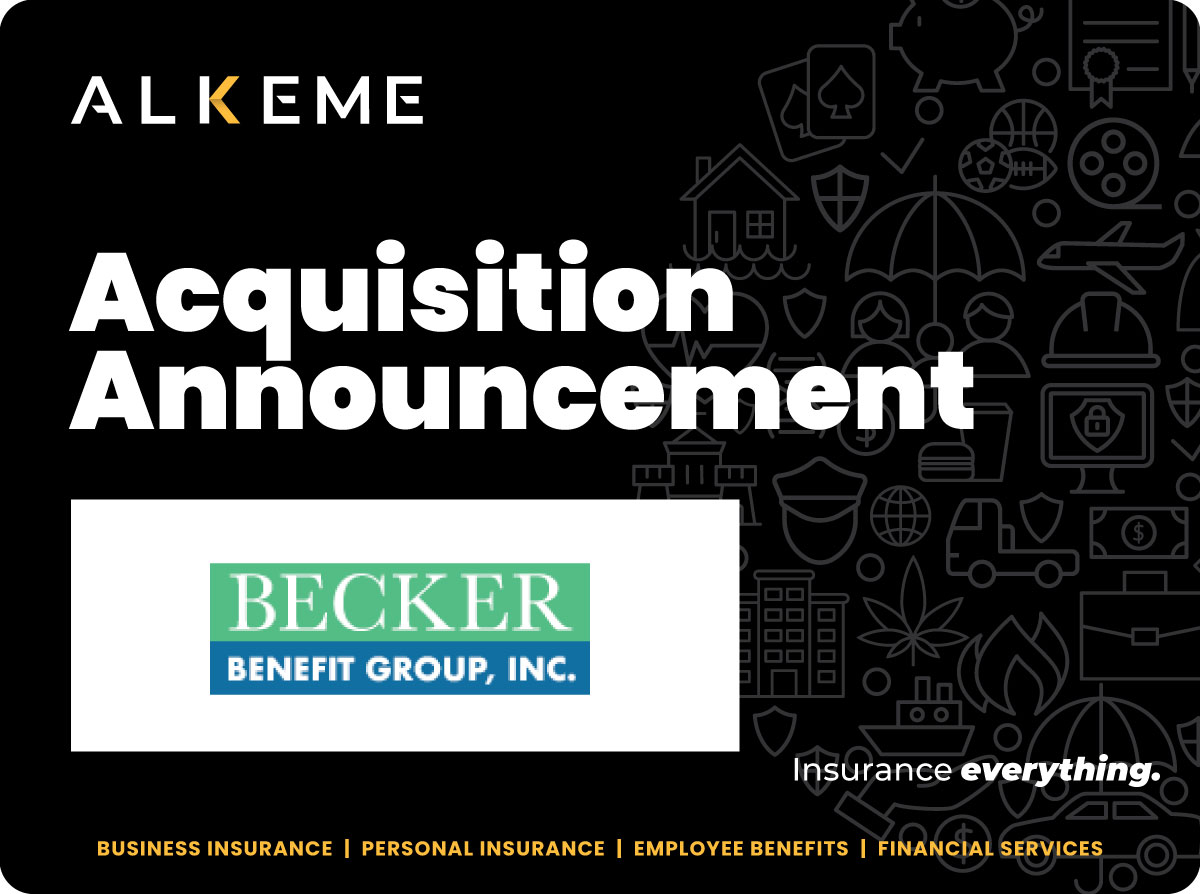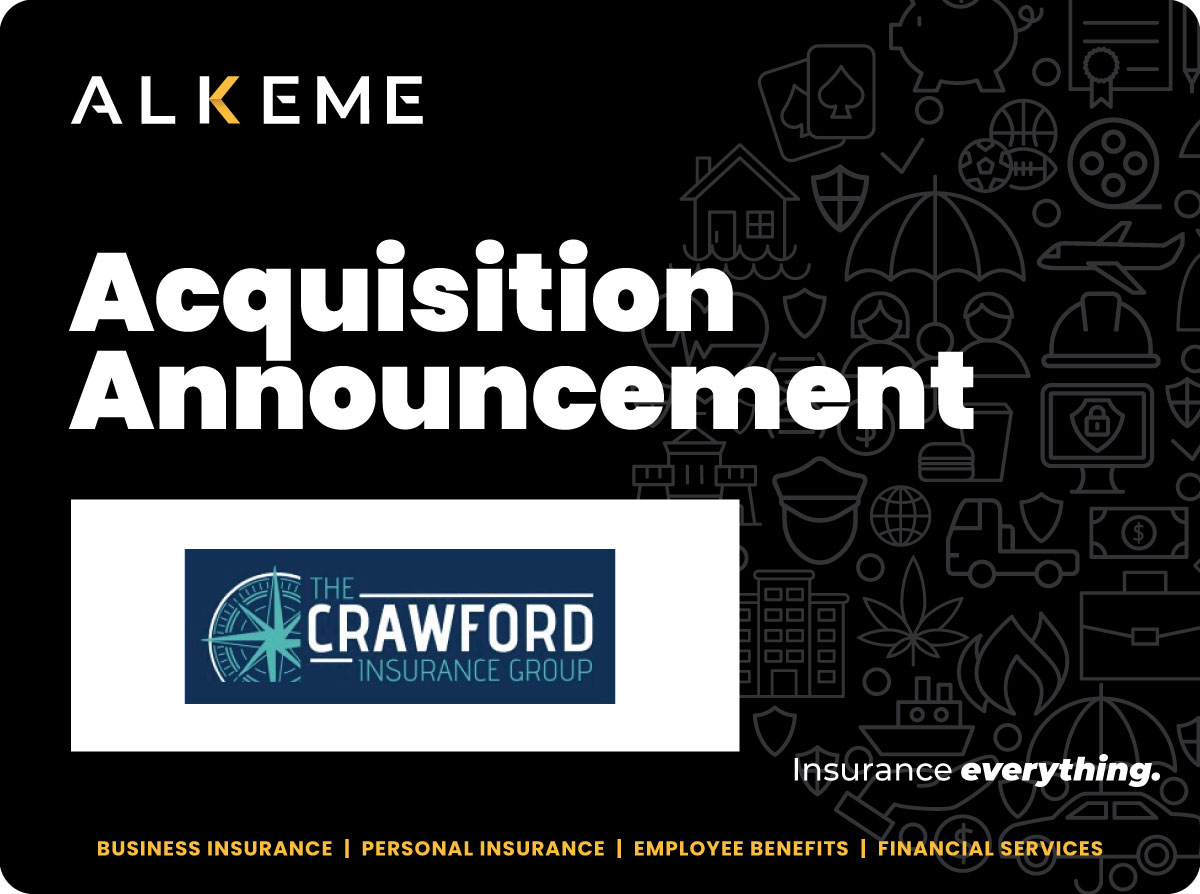In the dynamic world of construction, managing risks is paramount to the success and sustainability of any business. One critical aspect of risk management is liability insurance, which provides essential protection against potential legal claims and financial losses. Let’s dive into the intricacies of liability insurance for construction businesses, exploring the various types of coverage, its importance, real-world examples, and tips for selecting the right coverage for different projects.
Types of Liability Coverage:
- General Liability Insurance: Provides coverage for third-party bodily injury, property damage, and advertising injury claims arising from construction activities. It protects against accidents, injuries, and property damage caused by the construction firm’s operations.
- Professional Liability Insurance: Also known as Errors and Omissions (E&O) insurance, it protects against claims of professional negligence, errors, or omissions in design, engineering, or consulting services provided by construction professionals.
- Product Liability Insurance: Covers liability for bodily injury or property damage caused by defective products or materials supplied by the construction firm, including construction materials, equipment, or components.
- Completed Operations Insurance: Provides coverage for claims arising from construction defects, errors, or omissions discovered after the completion of a project. It protects against liabilities for property damage or bodily injury caused by faulty workmanship or negligence.
Importance of Liability Insurance for Construction Firms:
- Risk Mitigation: Construction projects inherently involve various risks and uncertainties, ranging from accidents and injuries to design flaws and construction defects. Liability insurance helps mitigate these risks by providing financial protection against potential liabilities and legal claims.
- Contractual Requirements: Many construction contracts, particularly with clients, government agencies, or project owners, require contractors to carry specific types and levels of liability insurance as a condition of the contract. Compliance with contractual insurance requirements is essential for securing and maintaining project contracts.
- Protecting Assets and Reputation: Liability insurance safeguards construction firms’ assets, financial resources, and reputation by covering legal expenses, settlement costs, and damages associated with liability claims. It helps preserve the business’s financial stability and credibility in the event of unforeseen accidents or disputes.
Examples Illustrating Liability Insurance Protection:
- Example 1: Slip-and-Fall Accident: A construction worker accidentally leaves a tool on a stairway, causing a visitor to trip and fall, resulting in a serious injury. General Liability Insurance covers the medical expenses, rehabilitation costs, and legal fees associated with the injured party’s claim, protecting the construction firm from financial liabilities.
- Example 2: Design Error Lawsuit: An architectural firm is sued for professional negligence after a design flaw in a building leads to structural instability. Professional Liability Insurance covers the firm’s legal defense costs, settlement payments, and damages awarded to the project owner, mitigating potential financial losses and reputational damage.
Tips for Selecting the Right Liability Coverage:
- Assess Project Risks:
- Project Scope: Evaluate the size, complexity, and duration of each construction project to identify potential risks and exposures. Consider factors such as the type of construction (e.g., residential, commercial, industrial), site conditions, and project-specific hazards.
- Location: Assess the geographic location of the project site, including local regulatory requirements, environmental factors, and natural disaster risks that may impact liability exposures.
- Contractual Requirements: Review project contracts, agreements, and specifications to understand insurance requirements mandated by project owners, clients, or stakeholders. Ensure that selected liability coverage meets or exceeds contractual obligations.
- Review Contractual Obligations:
- Insurance Requirements: Carefully review project contracts to identify specific insurance requirements, including types of coverage, coverage limits, additional insured endorsements, and certificate of insurance provisions.
- Endorsements and Additions: Pay attention to any endorsements or additional coverages requested by project owners or clients, such as waiver of subrogation clauses, primary/non-contributory language, or specific policy endorsements tailored to project risks.
- Consult with Insurance Professionals:
- Expert Guidance: Seek assistance from insurance brokers, agents, or risk management professionals specializing in construction insurance. Collaborate with experienced professionals who understand the unique risks and complexities of the construction industry and can provide tailored recommendations based on your business’s specific needs.
- Policy Analysis: Conduct a thorough review of insurance policy terms, conditions, exclusions, and endorsements with the guidance of insurance professionals to ensure alignment with project requirements and risk management objectives.
- Consider Coverage Limits and Deductibles:
- Coverage Adequacy: Determine appropriate coverage limits based on the potential liabilities associated with each construction project. Consider factors such as project value, contract requirements, exposure to third-party claims, and potential legal expenses.
- Financial Considerations: Evaluate deductible options and their impact on premium costs versus out-of-pocket expenses in the event of a claim. Strike a balance between coverage adequacy and affordability based on your business’s financial resources and risk tolerance.
- Evaluate Insurance Providers:
- Financial Stability: Research insurance providers’ financial strength ratings and stability to ensure they have the financial resources to fulfill claims obligations and withstand economic downturns or catastrophic events.
- Claims Handling: Assess insurance carriers’ claims handling processes, responsiveness, and track record in resolving claims efficiently and fairly. Look for insurers with a reputation for timely claims processing and customer service excellence.
- Industry Experience: Consider insurers with a proven track record and expertise in providing insurance solutions for the construction industry. Choose carriers with a deep understanding of construction risks, regulatory requirements, and industry best practices.
Liability insurance is a critical component of risk management for construction businesses, providing essential protection against legal claims, financial losses, and reputational damage. By understanding the various types of coverage, recognizing its importance, studying real-world examples, and following practical tips for selecting the right coverage, construction firms can safeguard their projects, assets, and reputation while navigating the complexities of the construction industry with confidence and peace of mind.




